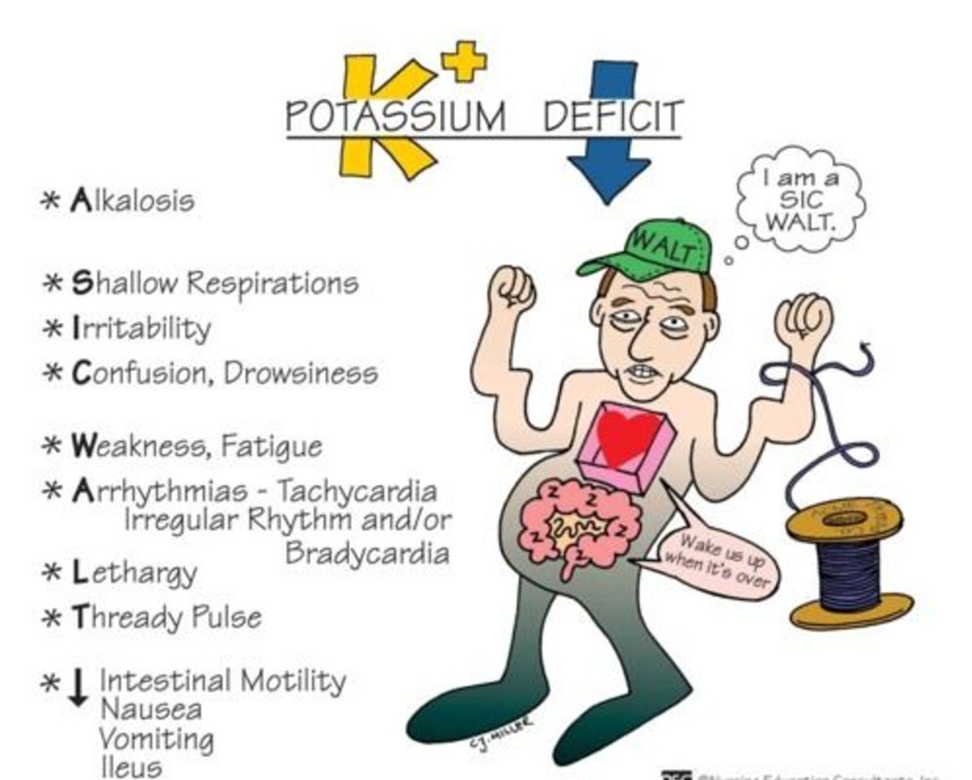A nurse is reviewing the laboratory values of a client who is at risk for disseminated intravascular coagulopathy. Which of the following values should the nurse report to the provider?
Platelets 156,000/mm³
Fibrinogen 85 mg/dL
PT 12 seconds
PTT 64 seconds
The Correct Answer is B
A. Platelets 156,000/mm³: This platelet count is within the normal range (normal range: 150,000 to 400,000/mm³). Although disseminated intravascular coagulopathy (DIC) can lead to thrombocytopenia (low platelet count), the platelet count in this scenario is not indicative of DIC.
B. Fibrinogen 85 mg/dL: This is the correct answer. A decreased fibrinogen level is often seen in DIC. Fibrinogen is consumed in the formation of microclots, and a low level may indicate ongoing coagulation.
C. PT 12 seconds: The prothrombin time (PT) is within the normal range. In DIC, the PT may be prolonged due to the consumption of clotting factors, but in this case, the PT is normal.
D. PTT 64 seconds: The partial thromboplastin time (PTT) is prolonged, which can be an indication of DIC. However, the more specific indicator in this scenario is the low fibrinogen level.
Nursing Test Bank
Naxlex Comprehensive Predictor Exams
Related Questions
Correct Answer is A
Explanation
A. Fatigue: Hypokalemia (low potassium levels) can lead to fatigue and weakness. Potassium is essential for proper muscle and nerve function, and a deficiency can result in muscle weakness and decreased energy levels.
B. Pitting edema: Pitting edema is more commonly associated with fluid retention, which can occur in heart failure. Hypokalemia is not typically a direct cause of pitting edema.
C. Dyspnea: Dyspnea (shortness of breath) is a symptom commonly associated with heart failure, and while potassium imbalance can affect cardiac function, it is not a specific manifestation of hypokalemia.
D. Oliguria: Oliguria (decreased urine output) is not a typical manifestation of hypokalemia. However, it can be associated with heart failure and other renal conditions.

Correct Answer is D
Explanation
A. Aortic regurgitation: Aortic regurgitation typically presents with a diastolic murmur, not a systolic click.
B. Mitral stenosis: Mitral stenosis presents with a diastolic murmur, often associated with an opening snap, rather than a systolic click.
C. Aortic stenosis: Aortic stenosis typically presents with a systolic ejection murmur, but not a systolic click.
D. Mitral valve prolapse: This is the correct answer. Mitral valve prolapse (MVP) is characterized by the displacement of the mitral valve leaflets into the left atrium during systole, often producing a systolic click. Symptoms associated with MVP can include atypical chest pain, palpitations, and exercise intolerance.
Whether you are a student looking to ace your exams or a practicing nurse seeking to enhance your expertise , our nursing education contents will empower you with the confidence and competence to make a difference in the lives of patients and become a respected leader in the healthcare field.
Visit Naxlex, invest in your future and unlock endless possibilities with our unparalleled nursing education contents today
Report Wrong Answer on the Current Question
Do you disagree with the answer? If yes, what is your expected answer? Explain.
Kindly be descriptive with the issue you are facing.
